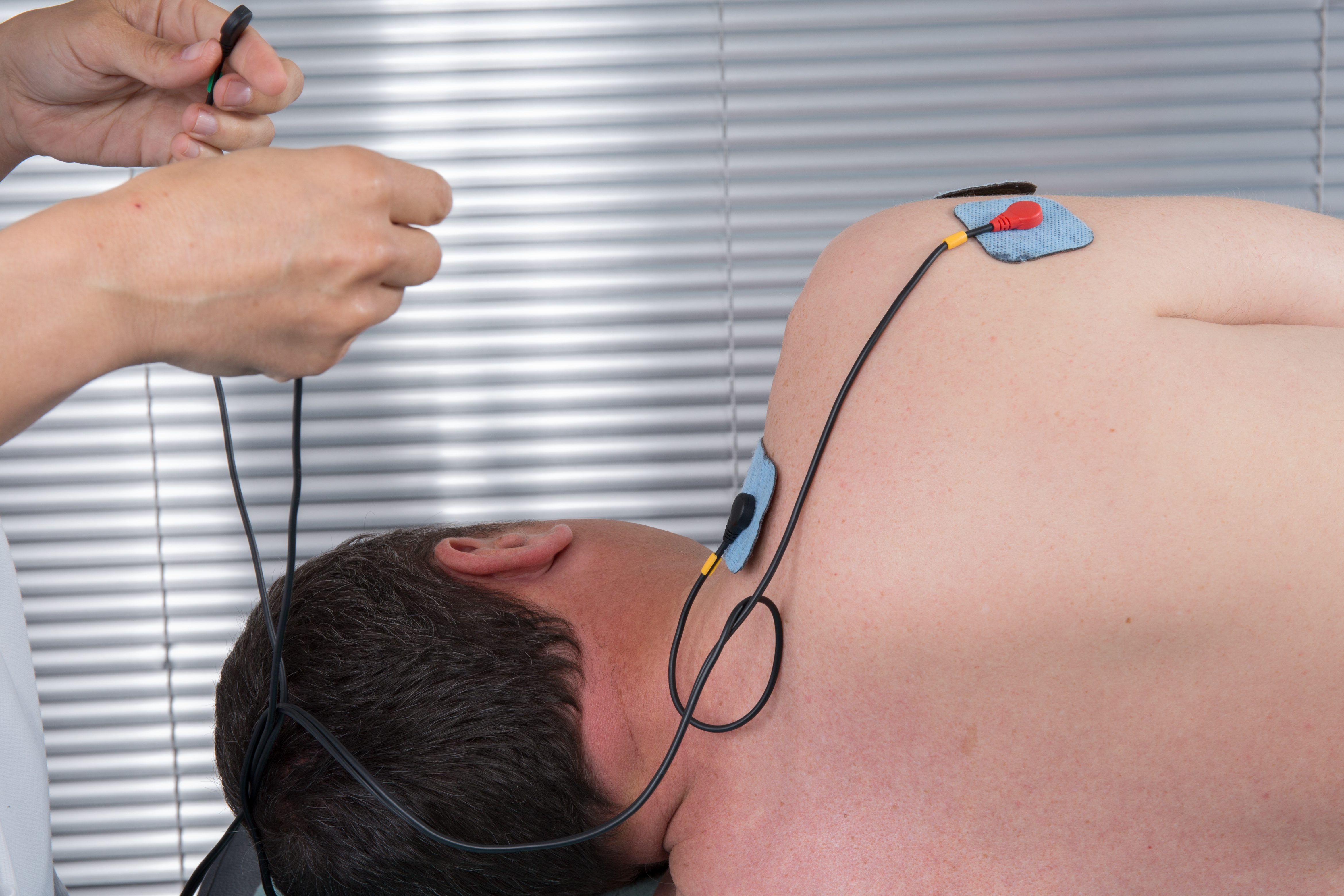Cardiac Defibrillation with Vagus Nerve Stimulation
A safer technique for treatment of ventricular fibrillation that can be used without the need for a separate defibrillator device.
Defibrillators restore a normal heartbeat, when the body experiences defibrillation, a condition in which the electrical activity of the heart becomes disorganized, preventing the heart from pumping blood. Defibrillators work to reorganize the heart's electrical activity by delivering a strong electrical shock intended to reset the heart's natural rhythm, Implantable defibrillators do the same job as an external defibrillator, but the implantable defibrillator is available to the individual all the time. There are two main risks associated with these devices. First, the large shocks used by any defibrillator are painful if given when the person is conscious. Fear of the devices shocks can be a severe complication of having such an implant. Second, one form of the currently available technology uses stimulus electrodes that are placed on the interior wall of the heart by passing the stimulus wires through a blood vessel to access the heart. Because the electrode wires must pass through the heart's valves, the electrodes can damage the valves over time and the entry point into the blood vessel can leak.
A scientist at SUNY Downstate has invented a safer technique for treatment of ventricular fibrillation. In this method, high frequency vagus nerve stimulation can be used on its own for defibrillation, without the need for a separate defibrillator device. It involves inserting one or more electrodes into a patient's neck, connecting them to the vagus nerve in the neck, detecting a cardiac arrhythmia and -- via a controller connected to a power source -- applying electrical stimulation to the vagus nerve. This treatment defibrillates the heart without the need for electric shock treatment, because it is able to sense the correct therapeutic dose of electrical energy needed to correct the arrhythmia. Other uses of the technology in combination with existing technology expand the range of applications of the technology.

Patented US10155115B2
This technology is available for licensing.
Commercial partner, Licensing
Patent Information:
| App Type |
Country |
Serial No. |
Patent No. |
Patent Status |
File Date |
Issued Date |
Expire Date |
|